Small organizations are often like small families, with all of the ensuing dynamics and challenges that we encounter in families of our own. This presents special challenges for consultants when working to help leaders of these organizations to solve problems and learn at the same time. However, this also presents opportunities for the consultants who understand the nature of small organizations and how to work with them. Here are some observations from working with many small organizations over the years.
1. Their leaders often work alone – they are not used to asking for help.
They often are so focused on their organization’s survival that they do not see themselves as having the time for other activities that actually might benefit them. For example, in the United States, there are many sources of assistance, such as the Small Business Administration, SCORE and numerous small business centers. These sources provide highly qualified personnel and very useful resources. Yet many leaders in small organizations might use these resources only once or not at all. Thus, consultants might be both proactive in promoting themselves to these organizations, yet judicious and tactful in how they inform the leaders of their potential value.
2. They are usually reacting to urgent issues, rather than planning about important ones.
These organizations do not have a lot of time, money and resources for proactive planning. Instead, they are reacting to the most recent and urgent priorities in the workplace. Thus, typical challenges for the consultant are basic training about planning, helping the organization focus its limited resources on planning, ensuring strategies are really strategic rather than operational, and helping the organizations to ensure that their plans are actually implemented. This is an opportunity for consultants who can orient leaders to the differences between urgent and important matters and about how addressing the latter can avoid the former. The consultants can stress how planning can be relevant, realistic and practical.
3. They usually are extremely busy and struggle to meet demands of consulting projects.
Consultants should design projects to include various phases, each of which might provide a pause in a project. Project activities also should be highly integrated into other current activities, so the project does not directly result in significantly more demands on the time and resources of personnel in the organizations. Also, coaching should be used to sustain momentum when implementing recommendations in the project.
4. Small organizations often hire by word-of-mouth.
They cannot afford the risk that a consultant will not have the expertise to solve their problems. They put a lot of faith in how well they trust the consultants that they already know. So they might re-hire the same consultants, primarily because of how they feel about them – and then hope that their consultants can be useful everywhere in their organization. So it is very important for consultants to work hard to sustain strong relationships with the leaders of these organizations.
(The above was adapted with permission from Sandra Larson, previously of MAP for Nonprofits in St. Paul, Minnesota.)
See:
Challenges in Consulting to Small Organizations – Part 2
Challenges in Consulting to Small Organizations – Part 3
Carter McNamara, MBA, PhD, faculty members of Consultants Development Institute .












